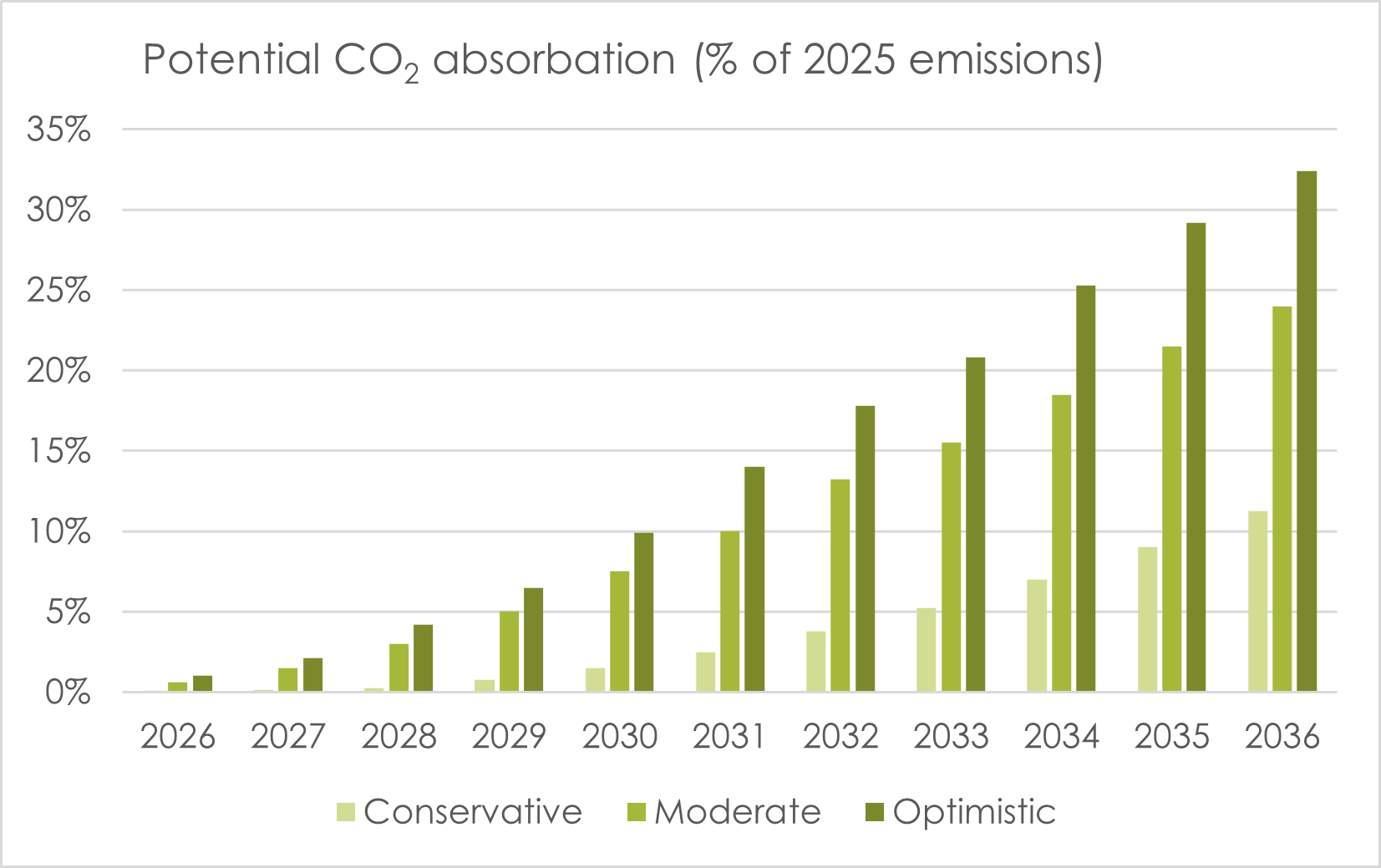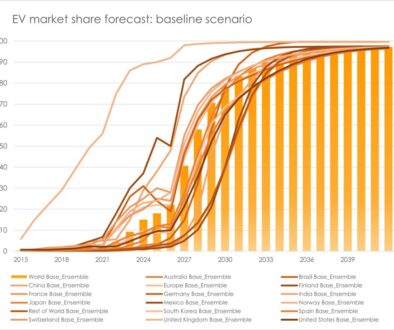
Creating 100 million jobs while removing 10 billion tones of CO2 per year
The economic opportunity within the carbon removal opportunity
A new study conducted by SolAbility examines whether hemp cultivation could become one of humanity’s most powerful tool for removing atmospheric CO2 – while simultaneously creating sustainable materials and economic opportunity.
We are currently seeing temperatures on a global scale that were not experienced in the last 125’000 years; CO2 concentration is higher than at any point in the last 3 million years. We urgently need to remove 10 billion tonnes of CO2 annually to limit warming to a somewhat acceptable level.
Current carbon removal technologies face severe limitations: Direct Air Capture costs $600-1,000 per tonne and requires massive energy inputs – and is, after more than 20 years of heavily subsidised research, still in its infancy. Nature-based solutions like forests take decades to mature and remain vulnerable to fire and disease. Hemp biochar offers something different: a solution that works with today’s technology, creates permanent carbon storage, and generates revenue rather than just costs.
Hemp is an highly undemanding crop, does not need fertiliser and is resistant against pest and fungi. It grows in all climates, and reaches a height of up to 4 meters in only 100 days, absorbing 8-22 tons of CO2 per hectare in the process. We already have the technologies (pyrolysis) to produce biochar, construction materials, and textiles from hemp, meaning hemp carbon sequestration could start immediately.
The goal of this study is to examine the feasibility of using hemp to remove the 10 billion tons of CO2 required to keep global heating at an acceptable level. Key results:
- Using ~10 billion meadows/grazing land would allow to grow enough hemp to absorb 10 billion toned of CO2 per annum
- Deployment to achieve this scale would require 10 years
- Total capital investment requirements (including agricultural measurements, transport, processing, R&D) would require U$ 4.8 trillion distributed over 10 years
- Hemp carbon sequestration is 10x cheaper than DACCS ($45 vs $600/tCO2)
- Yield per hectare of hemp crop: 3-4 tonnes of biochar for permanent carbon sequestration and soil improvement; 2.5-3.5 tonnes of fibre for textiles and composite materials worth $800-2,000 per tonne; and 3.5-5 tonnes of hurds for construction materials and insulation worth $200-500 per tonne
- Hemp co-products offset costs (even with price collapse due to increased supply): hemp products could create a market worth several trillion dollars by 2025
- Overall pay-back time of the investments is expected to occur after 11 years under the most conservative scenario, and less then 3 years in the most optimistic case
- Low energy requirements (feasible with current grid infrastructure)
Hemp carbon yield potential by country

Potential annual hemp carbon removal (global)

Global deployment of hemp biochar as carbon removal would create 100-150 million jobs globally (taking into account job replacement in agriculture, construction material and textile industries) – one of the largest job creation programs in history. These jobs would primarily benefit rural communities in developing countries where employment is most desperately needed.
Hemp biochar represents more than a climate solution – it’s an opportunity to demonstrate that environmental restoration and economic development can align. By creating value from carbon removal, generating employment for millions, and producing sustainable materials for the growing bio-economy, this approach offers a pathway to both climate stability and shared prosperity.
The full article and report can be accessed here.
The energy transition is now inevitable.
Renewable energy – solar, wind in combination with batteries (and in the future: geothermal energy) are now the cheapest form of energy available.
Modelling future energy demand and supply by extrapolating historic trends shows that there will be enough renewable electricity to replace all fossil energy by 2055 – even without climate related policies. However, a rapid transition to renewable energy could save the global economy 2% of global GNI, or U$ 4 trillion.
That is the good news.
The bad news is: the BAU (“business-as-usual”) approach is not fast enough in the face of accelerating global warming and the associated heat waves, droughts, wildfires, storms and flooding we are now seeing around the globe.
We therefore need to adapt policies to accelerate the inevitable transition to renewable energy – e.g. through fees on CO2.
The full report and modelling analysis is available here: Energy Transition Saving 4 Trillions per Year




